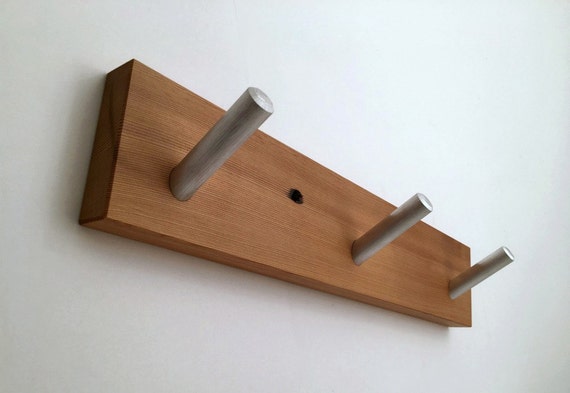Weldo
Washing Hands
Howdy gents! I've been curious about baffles for a while now and just tried my hand at a design I've not seen before.
I'm trying to learn a little Fusion 360, so this made a good exercise! All I got is some screen caps though. I'm not yet sure about exporting and sharing and all that.
First up is a orthogonal view. It's actually two separate pieces. Imagine this whole unit is shoved into a body tube. The idea is that the gases will enter the baffle chamber from the series of holes about the circumference of the aft bulkhead. The gases will then swirl around until they find their way to the center tube, which is spaced just 1/8" from the aft bulkhead, and on to the parachute bay through the fore bulkhead's center hole. Hopefully the gases will be sufficiently cooled by the time they reach the chute.

A straight on side view.

And finally a simple diagram done in OpenRocket trying to anticipate the path of hot gases.

I haven't built anything yet to test but I'm looking for second opinions on the plausibility of the design.
Thanks!
I'm trying to learn a little Fusion 360, so this made a good exercise! All I got is some screen caps though. I'm not yet sure about exporting and sharing and all that.
First up is a orthogonal view. It's actually two separate pieces. Imagine this whole unit is shoved into a body tube. The idea is that the gases will enter the baffle chamber from the series of holes about the circumference of the aft bulkhead. The gases will then swirl around until they find their way to the center tube, which is spaced just 1/8" from the aft bulkhead, and on to the parachute bay through the fore bulkhead's center hole. Hopefully the gases will be sufficiently cooled by the time they reach the chute.

A straight on side view.

And finally a simple diagram done in OpenRocket trying to anticipate the path of hot gases.

I haven't built anything yet to test but I'm looking for second opinions on the plausibility of the design.
Thanks!






